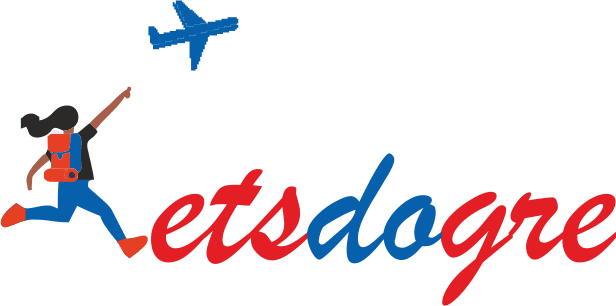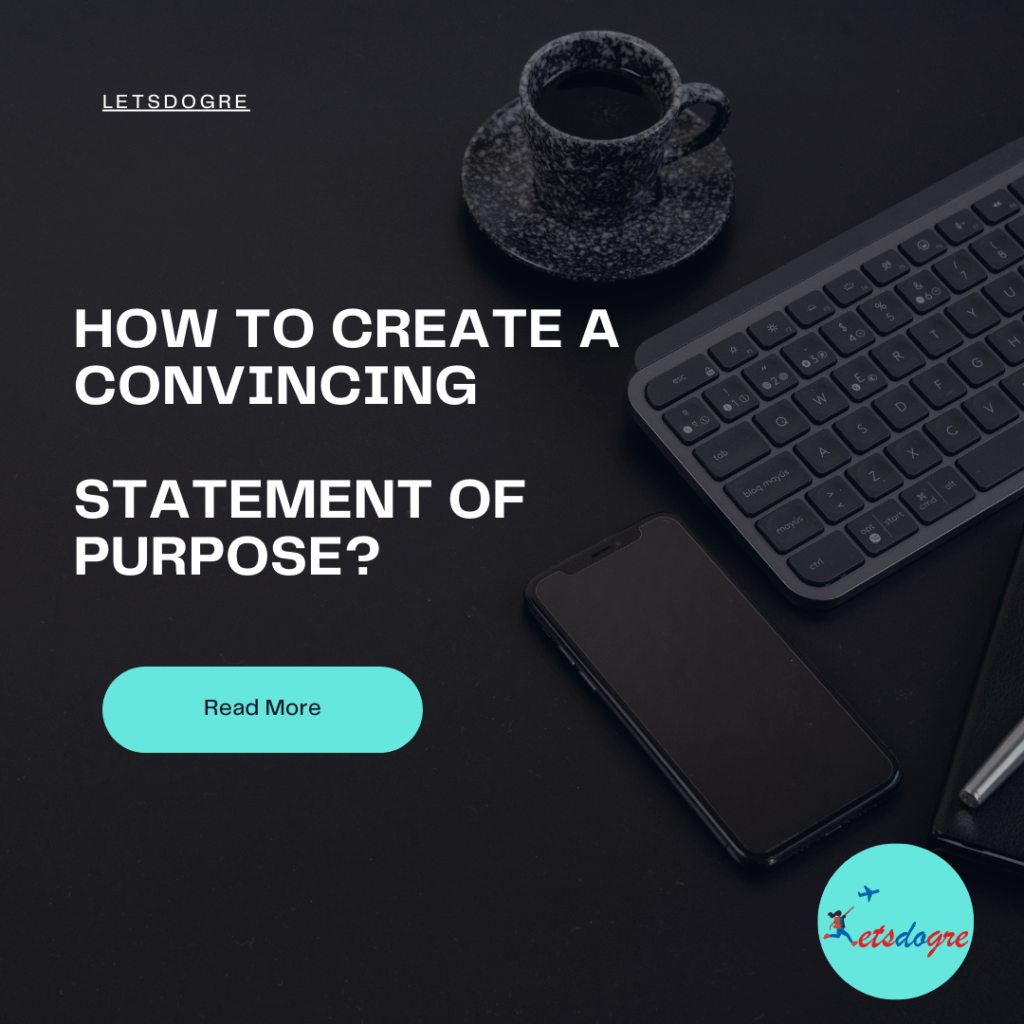
- September 27, 2022
- 9:04 am
-
Views: 1,026
What is a Research statement?
A research statement is a kind of document for academic job applications. It includes a summary of current research, research accomplishments, your capability to do work, and future research. In addition, it covers how your prior experience contributes to the field. Furthermore, assist candidates to share the importance and effect of their past, present, and future research on prospective colleagues.
The other issues covered by the statement include:
- How your research elevates the field.
- Necessities for laboratory equipment, space, and other resources.
- Funding history & potential.
- Potential research & industrial cooperation.
- How does your research direct the future?
Keep the big picture in mind and curate the research statement, as it must be technical, but written in a manner that is easy to understand by the department committee. An effective research statement is intelligible, impactful, readable, and realistic research that can be acknowledged by the committee members and perfectly fits the needs, goals, and facilities of the department.
One must remember to eliminate the following points in their research:
- Not focusing on the direction.
- Lack of attention to the needs and requirements of the position or department.
- Not focusing on the big picture.
- Overly inappropriate proposals.
Format of Research Statement
The focus of the research committee is to effectually present yourself, in a manner that fits the needs of the search committee, the committee must be either inside or outside of the field. So, the statement has to be written in a way that excites and encourages them.
Below is the guide on how to format the research statement:
- End it on one or two pages, last you can take it to three.
- Use a font size that is easy to understand and can be read properly.
- Use bullets in your research.
- Incorporate descriptive headings and subheadings in your research statement.
- Use the margins of reasonable size.

Why Research Statement is Crucial?
- It guides members of the department about your professional identity and insight into your scholarly journey.
- It informs the search committee about your research like what you have done and how it is distinct, vital, and innovative from others.
- It notifies the committee about your research interests- Why and how is your research crucial?
- It assists the members in understanding how your achievements and current work integrate with the upcoming research.
- It helps the committee to communicate with you.
- Areas of expertise.
- Whether you’re capable to communicate like a serious scientist.
- Potential funding.
- Compatible with department or school.
- Academic capabilities and strength.
Structure of Research Statement
- Style
- Make sure to use language that is easy to understand not only to insiders, but also to people who are outside your field. Moreover, ask both insiders and outsiders to go through it once before sharing your final application. To excite the committee it’s necessary to make them understand.
- Focus and write your research clearly and concisely.
- Be sure that there are no grammatical errors or spelling errors.
- Ask others to proofread it before sharing the application.
- Keep it to the summary level, and extend the details in the job section.
Content
- Incorporate information that encourages the committee that you are the right fit for this research.
- Mention information and examples that make you stand out.
- Why you’re interested in the research?
- Use language that informs them that you’re independent research.
- Talk about both present and future research.
- Include background material to give relevancy to your research.
- Focus on research, not on yourself.
- How current faculty can become future partners.
- Recognize others’ work.
- Talk about potential funding and industrial collaborations.
- Communicate innovatively what you’ve done and how unique it will be.
- Portray your Research Plans
- Problems that you want to talk on your research.
- How the problems are relevant to the field.
- Your next three to five years of goals and what will be the result or outcome of that?
- If you’re aware of what specific agency funds, then you can name the agency and briefly describe a proposal.
- Mention different goals if suppose one doesn’t get funded, then there is a possibility in the other research area.
- Recognize Potential Funding Sources
In your research try to provide as many funding sources as possible including NSF, NIH, and private agencies. This is necessary as every institution wants to know whether you’re capable of external funding for research or not.
- Try to be Realistic
Also, try to be real in your research, talk about the problems that you can actually be able to solve don’t try to dabble in the impotent areas. Choose an over-arching theme that makes you come out of numerous ideas or projects, to let others know you’ll be able to work on more than you mentioned in your research.
- Share your research with the nonexperts

Research Statement Example
Business School Research Statement
Statement of Research Interests I am an organizational scholar studying the processes and strategies by which entrepreneurs and businesses influence society. My research focuses on two such phenomena: (1) hybrid social ventures, new organizations that innovate by combining aspects of business and charity, and (2) corporate social responsibility, the structures and practices of large corporations that affect the social welfare of the communities and societies in which they are embedded. My research in these two areas contributes to literatures on organization theory, entrepreneurship, and institutional theory. It also has practical implications for managers, investors and policy-makers seeking to influence the creation of economic and social value
Hybrid Social Ventures
In recent years, a wave of new organizations pursuing social missions has attempted to innovate by incorporating aspects of business. Such “hybrid social ventures” promise to address well-known deficiencies of the traditional charity form through financial self-sufficiency and the use of markets to address social problems at a broad scale. Although hybrid social ventures have gained wide public acclaim and captured the interest of policy-makers, previous research has provided little insight into the conditions under which they are created and the extent to which they are successful in building viable. My dissertation develops and tests several theoretical propositions about hybrid social ventures and their unique organizational characteristics. Because suitable quantitative data on social experiences has not previously been developed, I identified and tracked a sample of several hundred nascent social ventures to build a longitudinal database that integrates interviews, surveys, and archival data. Interviews with a sub-sample allowed me to identify key constructs. I then used multiple surveys with the same ventures over time to form the core of a multi-year database that grows annually with each additional cohort of applicants. Finally, I drew on detailed descriptions of each venture to code features of their organizational practices. My analyses are reflected in two research papers. In “Mission and Markets, the Organizational Viability of Hybrid Social Ventures” (job market paper), I develop and test the theory about how incorporating aspects of the business form influences the likelihood that early-stage social ventures will achieve key entrepreneurial milestones. Potential benefits of hybridity include the capacity to assemble new combinations of resources, generate creative frictions, and flexibly respond to complex, dynamic environments. However, pressures to conform to not one but multiple organizational forms give rise to organizational tension and instability. Building on previous theories from institutional sociology, I argue that hybrid social ventures will face challenges, including inattention or miscategorization on the part of resource providers, as well as internal ambivalence and uncertainty resulting from the presence of multiple organizational goals.
Empirical analyses confirm the significant consequences of these institutional pressures for the development of hybrid ventures. Comparing the progress of hybrid social ventures to that of traditional charities, I find evidence that hybrids are less successful on several measures of organizational viability, including the acquisition of external capital, legal incorporation, and delivery of an initial product or service. This finding raises further questions about how ventures might successfully navigate these pressures, thereby enabling access to the benefits of hybridity between multiple forms. I propose that the extent to which business and charitable goals are advanced through shared rather than separate practices (i.e., practice integration) may mitigate the obstacles that hybrid social ventures face. Additional analyses indeed show that practice integration diminishes the challenges hybridity poses for the achievement of key entrepreneurial milestones. Taken together, these findings contribute to emerging theories about the unique conflicts and ambiguities faced by hybrid organizational forms. A second paper based on this data, “How Did the Zebra Get its Stripes?: Individual Imprinting and the Antecedents of Hybrid Organizations” (with Julie Battilana, winner of the best paper award at the 2012 NYU Social Entrepreneurship Research Conference), takes on the question of how diverse life experiences imprint entrepreneurs, thus shaping the organizations they create. In particular, we explore whether multiple experiences can be creatively combined or whether they competitively “crowd out” each other. To address this question, we focus on two different types of imprinting mechanisms that might lead an entrepreneur to incorporate aspects of the business form in a social venture: the entrepreneur’s own direct work experience in business and indirect imprints received vicariously through their parents’ work experience in the business. Findings suggest that both direct and indirect business imprints increase the degree of incorporation of the business form in the new venture. Interestingly, non-profit imprints moderate these effects in different directions depending on whether the imprint is direct or indirect. An additional direct non-profit imprint increases the strength of the business imprint, whereas an additional indirect non-profit imprint has the opposite effect, a weakening effect. These findings suggest that direct imprinting, which is experiential and internalized, enables the combination of diverse experiences. In contrast, indirect imprinting, which is vicarious and symbolic, leads to competitive, “crowding out” effects between imprints. In other work in this area, I surveyed research on hybrid social ventures and analyzed its theoretical foundations. The paper “Social Enterprises as Hybrid Organizations: A Review and Roadmap for Organization Studies” (with Julie Battilana, conditionally accepted for publication at Academy of Management Annals) conducts a comprehensive review of organizational research on hybrid social enterprises. We introduce the concept of “hybrid organizing” – the routines, structures, and processes organizations use to manage tensions between their multiple logics – showing how this is a common and important theme for organizations that draw on aspects of multiple organizational forms. Finally, in “In Search of the Hybrid Ideal” (with Julie Battilana, John Walker, and Cheryl Dorsey, published in Stanford Social Innovation Review, 2012), we use qualitative interview data to develop a framework for hybrid social ventures and their supporters to think about the unique challenges of hybridity. Future research: I plan to continue my research on hybrid social ventures by exploring a range of questions: what is the long-term performance of hybrid social ventures? Do hybrid social ventures tend to experience “mission drift” that compromises their hybrid nature over time? How do hybrid social ventures develop practices of hybrid organizing that enable them to manage multiple pressures sustainably? How does the performance of hybrid social ventures compare with pure, for-profit ventures? To do this, I will continue to add observations to the longitudinal data collected for my dissertation while also incorporating new cohorts of social ventures into the panel. This fall, I began data collection for my next major project, a mixed-method study examining at the recent founding of non-profit health insurance cooperatives in 24 U.S. states. These new health insurance providers, financed through a quasi-random selection process with $500 million in federal loans under the Affordable Care Act, are an experiment in hybrid social venturing of unprecedented size and policy importance. My research seeks to understand how these organizations – which face extraordinary, conflicting pressures from their member-owners, federal and state regulators, and the competitive market for health insurance – organize to manage tensions between these demands. It will further seek to understand whether their introduction influences the organization and functioning of local markets for health insurance. To develop a deeper understanding of the mechanisms underlying resource acquisition by hybrid social ventures, I have also begun a field study that explores how early-stage “social business” entrepreneurs and their business plans are evaluated by potential funders and supporters. I am currently building a dataset in partnership with an incubator program that annually collects quantitative and qualitative feedback from over a thousand external reviews of social businesses. I have already begun data collection in collaboration with the incubator and will begin analysis in early 2014.
2. Corporate Social Responsibility
My second research stream focuses on how large corporations influence society in both strategic and non-strategic ways. In “Who is Governing Whom? Senior Managers, Governance, and the Structure of Generosity in Large U.S. Firms” (with Christopher Marquis, published in Strategic Management Journal, 2013), we examine the factors that determine corporate philanthropy in large corporations. We find evidence that corporate generosity is partly explained by the characteristics of these corporations’ boards of directors and senior executives. Companies with greater proportions of female directors and senior executives, those with better-connected directors, and those with long-tenured CEOs all tend to give at higher levels. However, we also find that the influence of corporate leaders depends on whether corporate philanthropy is undertaken through a differentiated structural unit created specifically for managing charity (i.e., a corporate foundation). Structure limits the influence of board members, thus governing the very actors for whom corporate governance is a primary responsibility. However, the impact on philanthropy of senior executives, who are in closer proximity to day-to-day operations, is unaffected by the presence of a corporate foundation. In “Large Corporations, Social Capital, and Community Philanthropy: Evidence from the United Way, 1948-1997” (with Christopher Marquis, in preparation for submission), we re-visit a long-neglected set of questions about how corporations affect society. Whereas contemporary corporate social responsibility research has focused on strategic CSR behaviors and how they might benefit firms, early organization theorists were interested in the unintended effects of large corporations on the communities in which they are embedded. This study theorizes and tests a new mechanism by which large corporations affect society, arguing that bureaucratic structures by which large corporations are organized “spill over” into the social system of the broader community. We test our model on fifty years of data taken from the United Way, a network of community philanthropy organizations that covered nearly every large U.S. city during our period of observation. We find evidence that large corporations have important effects on both “bonding” and “bridging” social capital that contribute to community philanthropy. Thus, our findings suggest that in addition to the well-studied domain of strategic CSR, the non-strategic effects of large corporations on social capital are an important but understudied mechanism by which large corporations influence societal welfare. Future research My next projects on corporate social responsibility will examine how companies internalize practices with social benefits. In an exploratory study, “Close But Not Too Close: A Framework for Corporate Adoption of Sustainability Innovations” (with Jason Jay, in preparation for submission), we develop a framework for how companies adopt innovations incubated inside small, hybrid firms, with strategies ranging from mimicry (e.g., Skechers copying Tom’s Shoes) to full acquisition (Coca-Cola acquiring Honest Tea). We will continue to collect data for this paper through the Fall of 2013. Conclusion Ideas about the use of business to pursue social goals have generated significant excitement among scholars and practitioners alike. My research attempts to advance understanding of these issues in two different but ultimately complementary contexts: small, hybrid social ventures that are a source of organizational innovation and larger organizations that structure and control the majority of the world’s economic activity. In my future research, I intend to continue to develop our knowledge about these two organizational phenomena – and the links between them – with the goal of contributing to organizational theory and practice.




